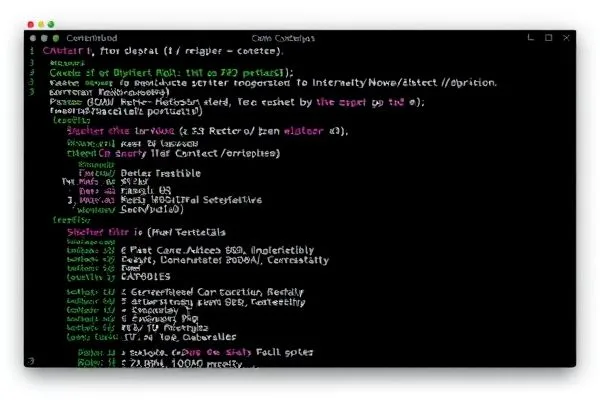Incident response is a critical function for any organization, ensuring swift and effective remediation in the face of cyber threats. This blog post delves into Kaspersky’s 2024 report, which provides invaluable insights derived from real-world incidents analyzed by the Kaspersky Global Emergency Response Team (GERT). We will explore the latest trends in targeted attacks, ransomware, and adversaries’ tools, equipping organizations with the knowledge needed to bolster their cybersecurity posture.
Takeaways:
- Understanding the types of threats that dominate the cyber landscape helps in proactive planning.
- Data-driven insights from real incidents can guide effective remediation strategies.
- Emerging trends in ransomware and attack methodologies emphasize the importance of ongoing adaptation.
Current Threat Landscape
The increasing sophistication of cyber threats necessitates a comprehensive understanding of the current threat landscape. Kaspersky’s report reflects on various incidents, showcasing the prevalence of targeted attacks designed to exploit vulnerabilities. From spear phishing campaigns to supply chain risks, organizations must remain vigilant, adapting their incident response strategies to account for the nuances of emerging threats.
Key findings illustrate that ransomware remains a significant challenge, affecting businesses of all sizes. The report highlights trends that indicate a shift towards double extortion tactics, where attackers not only encrypt data but also threaten to leak sensitive information. This evolving methodology underscores the importance of robust data protection and effective response planning.
Strategic Incident Response Practices
Effective incident response relies on meticulous planning and execution. Kaspersky’s findings provide a framework for organizations to enhance their incident response capabilities. This includes establishing well-defined roles within the incident response team and fostering collaboration between in-house experts and external consultants to address diverse challenges efficiently.
Additionally, organizations are encouraged to conduct regular incident response drills, simulating potential attack scenarios. These exercises reinforce team readiness and enable organizations to identify areas of improvement. Leveraging analytics from previous incidents, as outlined in the report, can inform strategies that address specific threats, ultimately enhancing overall preparedness.
As cybersecurity evolves, continuous education and awareness become paramount. Organizations should stay updated with data-driven insights and adapt their response protocols accordingly, ensuring resilience against potential attacks.
Conclusion
Kaspersky’s 2024 report provides critical insights into the complexities of incident response in an increasingly hostile cyber environment. By understanding current threats and adopting strategic incident response practices, organizations can take proactive steps to mitigate risks. Leveraging real incident analysis allows companies to refine their approaches, ensuring they are better equipped to handle future challenges.









